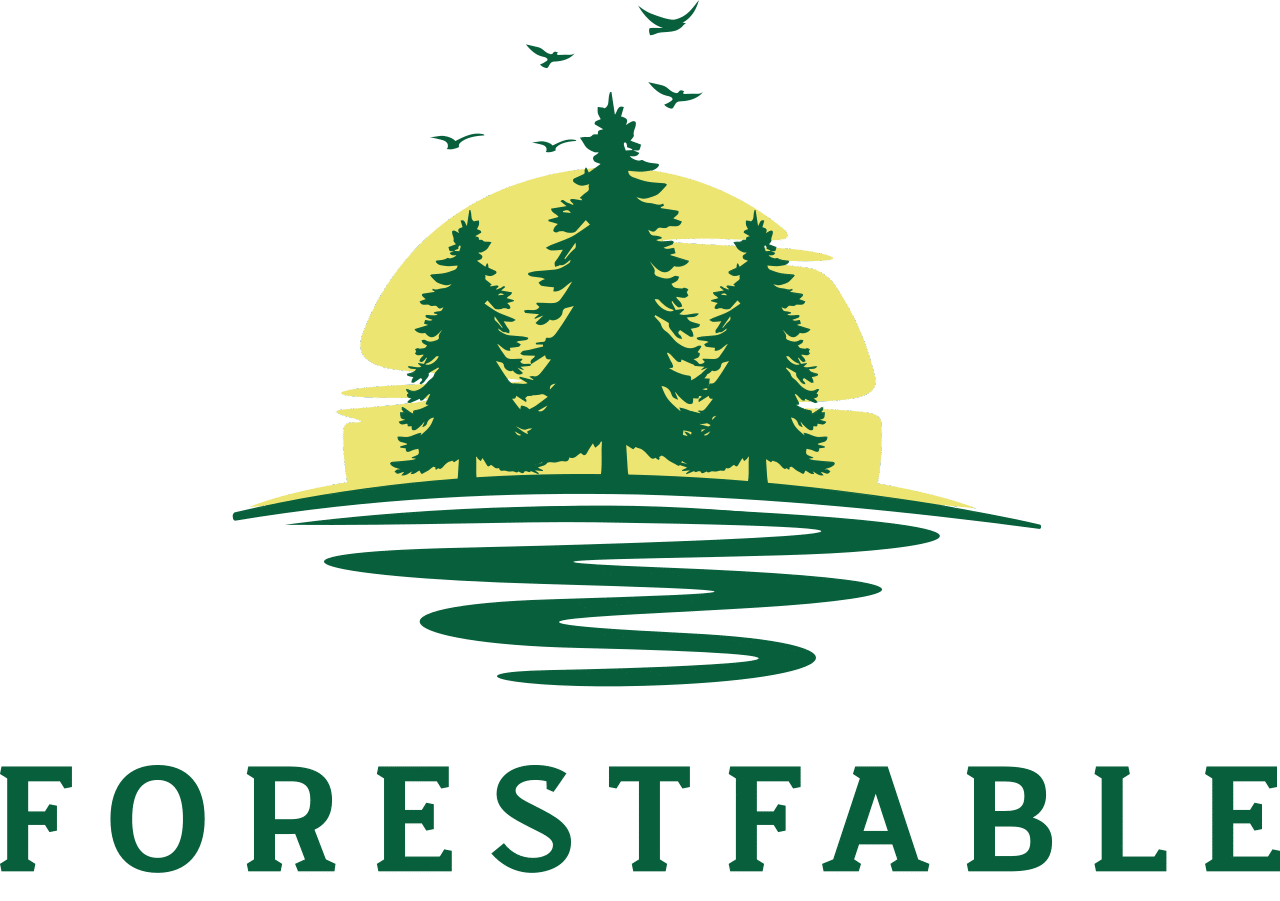A Landmark Moment for Climate and Conservation
In a pivotal moment for environmental policy, the American Forest Foundation (AFF) has lauded the United States Congress for recognizing the critical role of family-owned forests in combating climate change. These forests, spanning roughly 290 million acres across the U.S., represent 40% of the nation’s forestland and hold immense potential as natural carbon sinks. Congressional acknowledgment, through recent legislative discussions and resolutions, underscores the importance of engaging family forest owners in climate solutions, a move AFF heralds as a step toward scalable, nature-based strategies.
This recognition aligns with AFF’s mission to empower small landowners through initiatives like the Family Forest Carbon Program (FFCP), which incentivizes sustainable practices to enhance carbon sequestration. As climate change intensifies, with wildfires and droughts threatening ecosystems, family forests offer a resilient, community-driven solution. This article explores AFF’s applause, the significance of Congressional support, and how family forests can shape a sustainable future. By harnessing the power of private woodlands, the U.S. can advance its climate goals while uplifting rural communities.
Congressional Recognition: A Milestone
While specific details of Congressional actions in 2025 are evolving, recent discussions in Congress have highlighted the role of family forests in climate mitigation, earning praise from the AFF. In late 2024 and early 2025, lawmakers across party lines began emphasizing nature-based solutions in climate policy, with family forests gaining attention in hearings and proposed bills. For instance, resolutions tied to the 2022 Inflation Reduction Act, which allocated funds for conservation, have spurred dialogue about integrating small landowners into carbon markets. AFF has welcomed these efforts, noting that Congressional recognition validates decades of advocacy for family forest owners.
The AFF’s statement, echoed in outlets like PRNewswire, emphasizes that Congress’s focus on family forests acknowledges their outsized impact. Unlike public lands, family forests are often fragmented and underutilized in climate strategies, yet they sequester millions of tons of CO2 annually. Lawmakers have also recognized the economic barriers these owners face, such as high costs of carbon market participation, prompting calls for streamlined incentives and technical support.
This milestone builds on AFF’s innovative financing, like the $10 million green bond issued in 2022 to fund the FFCP. Congressional support could unlock further federal resources, from grants to tax credits, amplifying programs like the FFCP. AFF’s applause signals optimism that policy will continue to evolve, fostering collaboration between government, nonprofits, and landowners to meet climate targets.
The Power of Family Forests
Family-owned forests are a cornerstone of America’s environmental and climate strategy. Covering nearly 290 million acres, these lands—typically held by individuals or families on parcels averaging 67 acres—are vital carbon sinks, absorbing CO2 through photosynthesis and storing it in trees, soil, and biomass. A single acre of mature forest can sequester 2–6 tons of CO2 annually, making family forests collectively capable of offsetting emissions equivalent to millions of vehicles.
Their significance extends beyond carbon. Family forests support biodiversity, hosting species like the cerulean warbler in Appalachia, and maintain ecosystem services such as water filtration and flood mitigation. Unlike corporate or public lands, these forests are deeply tied to local communities, with owners often viewing stewardship as a legacy for future generations. However, economic pressures, such as timber sales or land development, can lead to deforestation, releasing stored carbon and undermining climate goals.
The AFF recognizes that engaging these owners is key to unlocking their potential. Many lack the resources or knowledge to adopt sustainable practices, and traditional carbon markets have been inaccessible due to high costs and complex verification. Congressional recognition highlights the need to support these landowners, ensuring their forests contribute to national climate strategies while preserving their ecological and cultural value. By prioritizing family forests, policymakers can tap into a decentralized, resilient network of climate solutions.

The Family Forest Carbon Program
At the heart of AFF’s efforts is the Family Forest Carbon Program (FFCP), a collaboration with The Nature Conservancy launched in 2020. The FFCP enables family forest owners with at least 30 acres to participate in carbon markets by adopting practices that enhance carbon storage, such as reducing timber harvests or promoting tree growth. In return, landowners receive annual payments based on verified carbon credits, each representing one metric ton of CO2 equivalent sequestered or avoided.
The program’s model is straightforward yet transformative:
- Enrollment: Landowners apply, and AFF foresters assess the land’s carbon potential using remote sensing and field data.
- Sustainable Practices: Participants commit to 20-year management plans, like extended rotation periods or selective harvesting, to boost carbon storage.
- Verification: Third-party auditors ensure credits meet rigorous standards, guaranteeing credibility.
- Payments and Sales: Landowners receive payments (typically $10–$50 per acre annually), and credits are sold to corporate buyers, funding the program.
The FFCP’s innovation lies in its accessibility. By aggregating credits from small parcels, it overcomes barriers like high verification costs, making carbon markets viable for owners who manage modest acreages. The $10 million green bond issued in 2022 has scaled the program, particularly in Central Appalachia, with plans for further expansion following the AFF’s first carbon credit auction in February 2025.
The FFCP’s success—enrolling thousands of acres and generating high-quality credits—demonstrates that family forests can be a cornerstone of climate action, a point Congress is beginning to embrace.
Environmental and Economic Benefits
The FFCP and family forests deliver profound environmental and economic benefits, aligning with Congressional goals for sustainable development:
- Carbon Sequestration: Enhanced management practices increase CO2 storage, with the FFCP potentially offsetting emissions from thousands of households annually. This supports U.S. climate targets, such as reducing emissions 50% by 2030.
- Biodiversity and Ecosystems: Sustainable practices preserve habitats for wildlife, improve soil health, and protect watersheds, enhancing resilience against floods and droughts. In Appalachia, FFCP forests support diverse flora and fauna.
- Economic Empowerment: Payments provide a stable income for landowners, reducing pressure to sell or overharvest timber. In rural areas, this boosts local economies, supporting jobs in forestry and conservation.
- Community Well-Being: Healthy forests enhance quality of life, offering recreational spaces and cultural heritage. The FFCP fosters pride in stewardship, strengthening community ties.
These benefits are amplified by Congressional recognition, which could lead to policies that expand funding or technical assistance. For example, the FFCP’s model aligns with initiatives like the 2022 Inflation Reduction Act, which invested in conservation. By supporting family forests, Congress can drive a virtuous cycle of environmental and economic gains, as AFF’s advocacy underscores.
Challenges and Policy Needs
Despite its promise, scaling the FFCP and family forest contributions faces challenges. Enrollment is resource-intensive, requiring outreach and technical support to engage thousands of landowners. Carbon market volatility, with credit prices fluctuating, poses risks to long-term funding. Verification costs for small parcels remain high, though innovations like Upstream Tech’s Lens platform, adopted by AFF in 2024, are streamlining monitoring.
Landowner hesitancy is another barrier. The 20-year commitment may deter those needing short-term income, and complex contracts can overwhelm small operators. AFF mitigates this through education, but broader adoption requires policy support. Congress could address these issues by:
- Funding Incentives: Expand grants or tax credits for sustainable forestry, building on the Inflation Reduction Act.
- Streamlined Regulations: Simplify carbon market entry for small landowners, reducing bureaucratic hurdles.
- Technical Assistance: Increase federal support for foresters and monitoring tools to lower participation costs.
- Public-Private Partnerships: Encourage collaboration between nonprofits, like AFF, and government agencies to scale programs like the FFCP.
Congressional recognition is a start, but sustained policy action is critical to unlock family forests’ full potential. AFF’s advocacy emphasizes that federal support can bridge these gaps, ensuring small landowners play a central role in climate mitigation.

A Call to Build on Progress
The American Forest Foundation’s applause for Congress marks a turning point in recognizing family forests as powerful allies in the fight against climate change. By championing initiatives like the Family Forest Carbon Program, Congress is laying the groundwork for a future where small landowners drive environmental and economic progress. These forests, nurtured by families across the nation, are more than carbon sinks—they are symbols of resilience and community. As AFF continues to innovate, from green bonds to carbon auctions, the call is clear: policymakers, investors, and citizens must rally behind family forests to secure a sustainable planet. Let this recognition be the spark for bolder, broader action.




